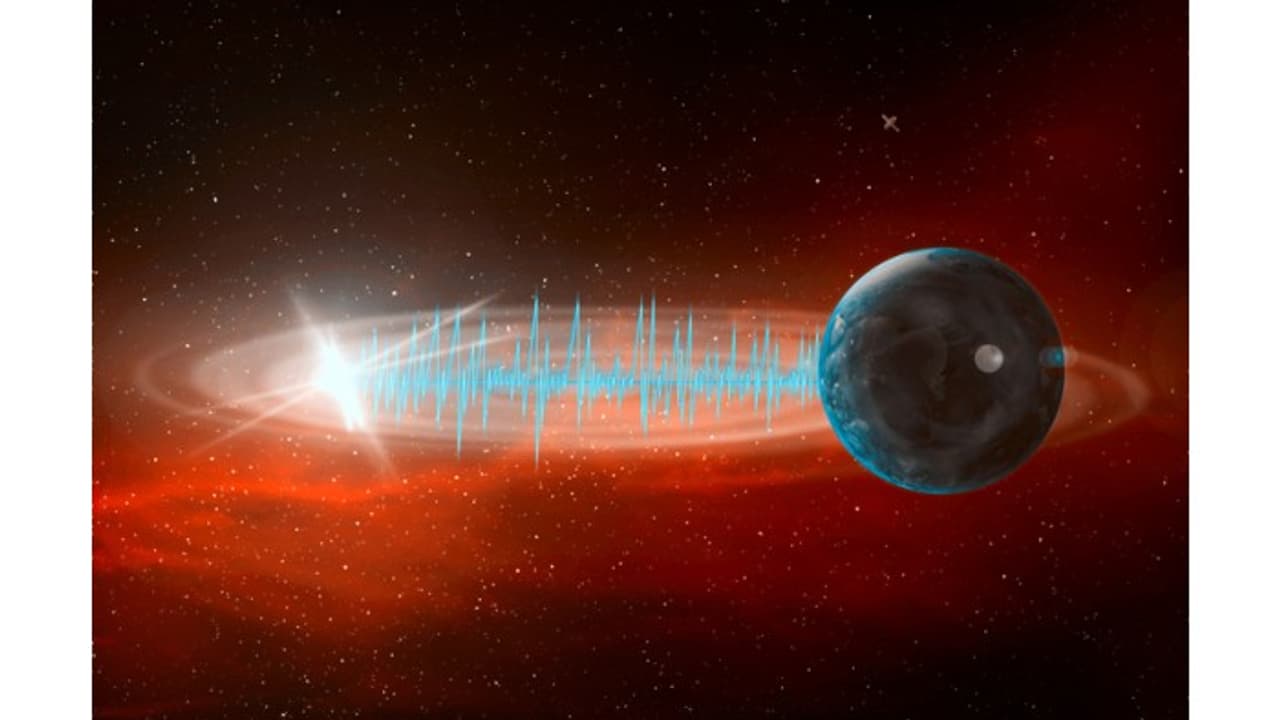Scientists have detected a mysterious seismic pulse every 26 seconds, first noticed in the 1960s and later traced to the Gulf of Guinea. Its exact cause remains unknown, though ocean waves and volcanoes are suspected.
Somewhere deep beneath our feet, the Earth gives off a tiny pulse every 26 seconds. It’s not something you or I would feel, but seismometers, the sensitive instruments used to measure ground movements, have picked it up for decades. The strange part? Scientists still don’t agree on what causes it.

A tiny tremor first noticed in the 1960s
The first person to report this mysterious signal was geophysicist Jack Oliver in the early 1960s. Working at the Lamont-Doherty Geological Observatory in New York, Oliver noticed a repetitive blip on paper seismograph recordings. The pulse, which he called a 'microseism', appeared to come from the southern or equatorial Atlantic Ocean. He also observed that it was stronger during the Northern Hemisphere’s summer.
But back then, technology was limited. Oliver had no digital tools, just paper records and analog machines. His findings didn’t get much attention at the time and were gradually forgotten.
Rediscovered in 2005 with modern tools
In 2005, a graduate student named Greg Bensen at the University of Colorado Boulder noticed something unusual while reviewing digital seismic data. When his advisor, seismologist Mike Ritzwoller, looked at it, he immediately saw the same 26-second pulse that Oliver had recorded decades earlier.
The team investigated and confirmed it wasn’t a glitch. It was real, and it was regular, like a heartbeat from the Earth. They traced the source of the pulse to the Gulf of Guinea, off the coast of West Africa, and published their findings in 2006. But they still couldn’t explain what was causing it.
A possible connection to ocean waves
Many scientists believe the pulse comes from waves crashing onto the continental shelf in the Gulf of Guinea. When ocean waves hit the coast with enough force, some of that energy gets transferred into the seafloor and turns into seismic vibrations.
“It’s like tapping on a table,” explains Ritzwoller. “Your knuckle hits one end, but the vibration spreads across the whole surface.” This same effect could explain how the tiny pulse travels so far and is picked up by seismometers across the world.
Or is a volcano to blame?
Not everyone agrees on the wave theory. In 2013, a group of Chinese scientists suggested another possibility: volcanic activity near São Tomé Island in the Bight of Bonny, which is very close to where the pulse was traced.
The idea is that some deep volcanic process might be generating these regular tremors. However, there's no direct evidence yet, no erupting volcano, no magma movement caught in action, so the volcano theory remains speculative.
Seismic noise is always around us
It’s important to know that Earth is never completely still. Even in the absence of earthquakes or volcanic eruptions, the planet produces low-level vibrations known as ambient seismic noise. These come from wind, ocean waves, and even human activity.
Most of the time, this noise is random. What makes the 26-second pulse so strange is its perfect regularity. It keeps happening, like clockwork, from the same region, without change. That’s what puzzles scientists.
A decades-old mystery with no answer, yet
Since Jack Oliver’s first discovery more than 60 years ago, the strange seismic pulse has remained an unsolved mystery. It’s regular, it’s measurable, and it’s coming from a specific place, but the true cause is still unknown.
For now, it continues, every 26 seconds, quietly pulsing beneath our feet.


